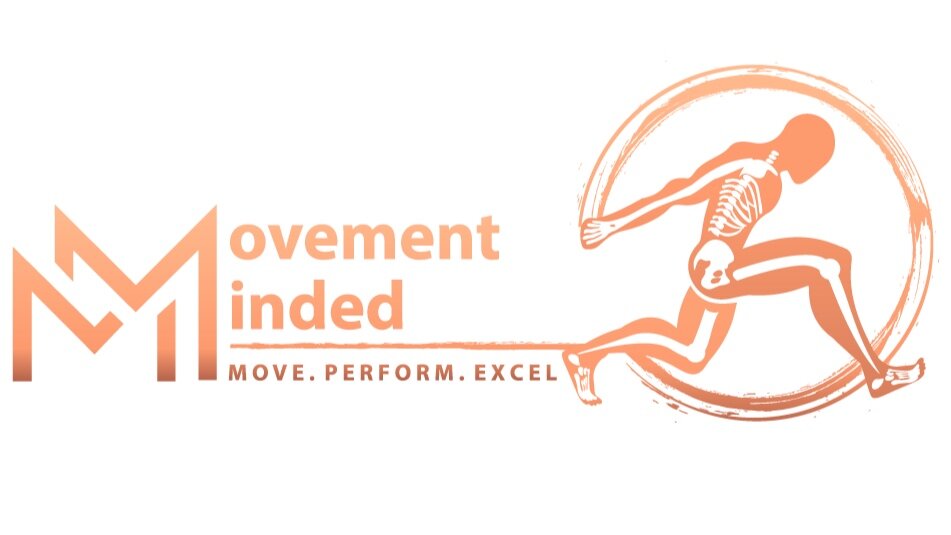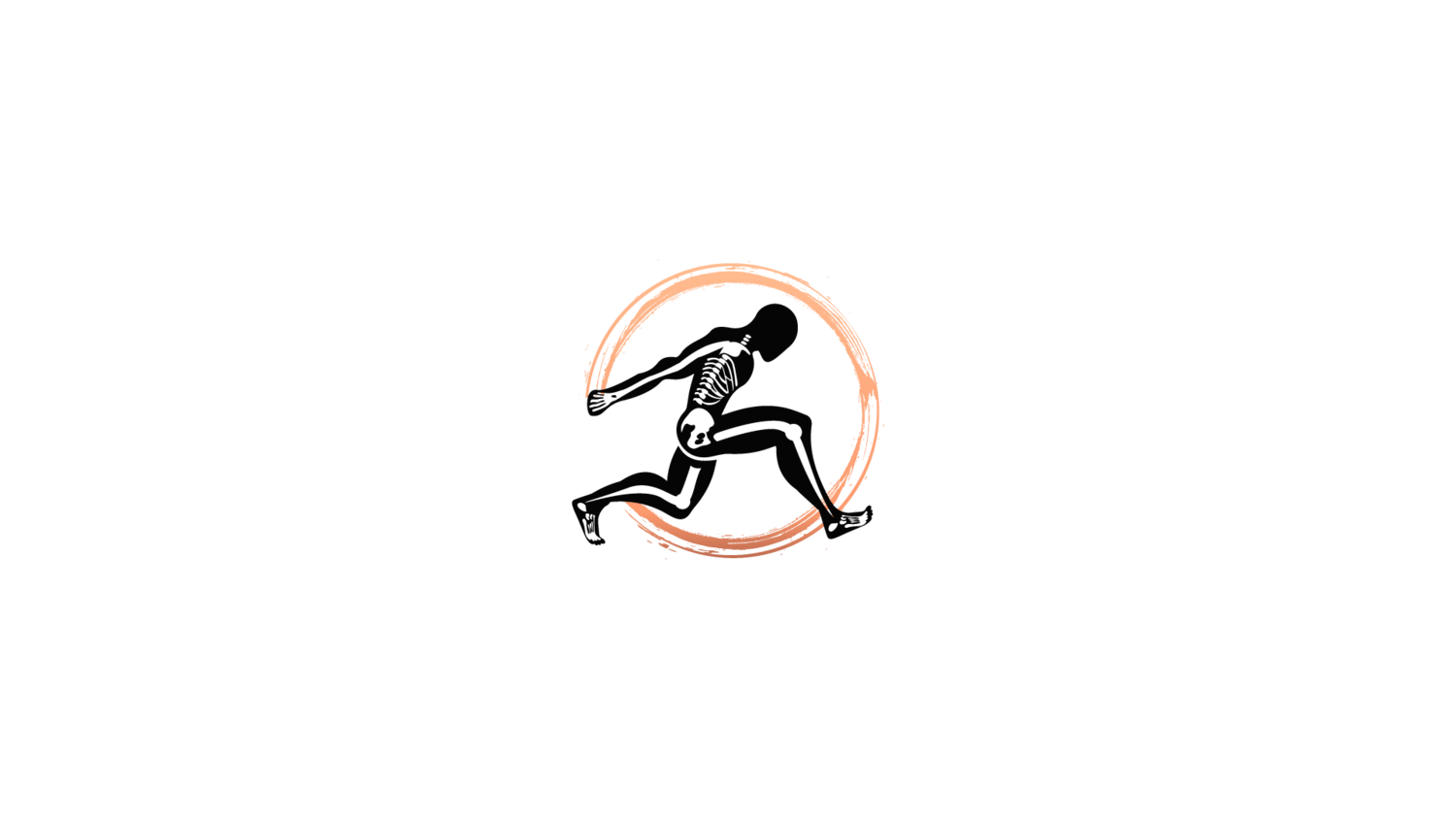Postural Restoration Institute
Statistically, 80% of Americans will experience significant low back pain in their lives and it is one of the most common complaints I see in my clinic. Almost weekly, I have someone inquire about how I treat low back pain and many of them have already been to other physical therapists or chiropractors and unfortunately have not seen the results they want.
If you’re experiencing low back pain, but haven’t had success with traditional physical therapy, medication, or chiropractic treatment keep reading. This blog post talks about things that your treatment may be missing.
The first thing I do is make sure that it is not a medical emergency. People who have severe pain going down their legs, weakness or numbness in their legs or feet, and/or diminished bowel or bladder control should be referred to the emergency room.
Over the last five years, the way I approach low back pain has changed dramatically and it is distinct from what you may experience at other clinics. I rarely stretch hamstrings, mobilize or manipulate the lumbar spine or sacrum, or do glute squeezes and core strengthening in the traditional manner. Currently, I am focusing on human asymmetry and how to integrate the feet, pelvis, ribcage, and cranium to decrease the amount of pain someone is feeling.
What I commonly find with people is that their bodies have run out of movement options and are constantly overusing the same muscles, joints, and movement patterns. When overused, these muscles and joints begin to “tighten” and cause more pain. The Postural Restoration Institute (PRI) has studied these human asymmetries and assembled a variety of tests and techniques to increase movement potential, decrease muscle tightness, and decrease the sensation of pain.
What are common human asymmetries? If you go to the PRI website, you can find common asymmetries in the human body. We will explore these in this blog post and how they can be contributing to your low back pain.
The Liver
The liver is on the right side of the human body and the spleen is on the left side.
The Heart
The heart is left of midline in the human body
The Diaphragm
The diaphragm is thicker and domes higher on the right side than the left side. It also descends lower on the right side of the spine.
Rib Flare
Bigger rib flare on the left is due to decrease in the Zone of Apposition on the left diaphragm.
Shoulder Blade Asymmetry
The left shoulder is generally higher than the right shoulder.
Dominant Side
Most people are right handed.
Pelvic Asymmetry
The left innominant is anteriorly rotated, abducted, and externally rotated. People tend to stand over their right foot more.
This post will primarily deal with low back pain, but we will explore other common injuries in later blog posts.
Most low back pain is associated with an increase in lower thoracic and lumbar spine extension, such as an arched back with the lower flared ribs. With this pattern, the muscles around the spine have become shortened and tonic. They can also compress the spine and cause some lumbar disc herniation or aggravation of the nerves that pass through those muscles. Patients often feel pain when they are bending forward, sitting for prolonged periods of time, or picking something up. This is the most common type of pain I see.
When your body senses restrictions in movement due to tight muscles, neuro-receptors send signals to your brain that are perceived as pain. Pain often increases the sympathetic nervous system’s fight or flight response, resulting in a change in muscle tone and respiratory rate. This response is critical when we are faced with an immediate threat; however, if we get stuck that heightened response, we remain in a stressful state. In other words, the pain doesn’t subside — it may get better after some massage or heat, but it doesn’t go away for good.
Now that we have explored the causes of pain, let’s get to the good stuff: how PRI techniques reduce pain, increase movement potential, and restore optimal muscular actions. The first thing to note is that when using PRI, we target the way you breathe and the way you walk. We take 22,000 breaths per day so it is no surprise that breathing is a huge component of PRI. One of the first things that pain does is change the way we breathe. Think about stubbing your toe, the first thing you do is hold your breath as you curse the leg of the bed. Then you squeeze your toe and exhale. Now imagine those tight low back muscles and the natural human asymmetries that I mentioned above are restricting your ability to fully exhale. Your body never learns that it can relax after a painful episode. So the pain pain persists.
Note the images below. In the skeleton on the left side, the pull of the diaphragm causes the ribs to flare, increasing tension in the psoas muscle and pulling the spine forward. This forward pull increases the compression on the structures in the back of the spine, such as nerves and discs, and also causes the pain that most people experience. The skeleton on the right, however, has a more neutral spine, removing pressure off the lumbar discs. The way we get to this desired position of the skeleton on the left is by doing some simple PRI breathing drills that allow our left obliques, left hamstrings, and left adductor magnus muscles to fire and reposition the pelvis and ribcage to decrease pressure on the spine.
PRI EXERCISES
90/90 Hip lift with Balloon
This drill is a staple of PRI and it is usually one of the first drills that I do with patients. Believe it or not. many people with chronic low back pain cannot blow up the balloon on the first try. This technique decreases the tone of the muscles in the low back and increases the ability to recruit the deep abdominals that we need to integrate our rib cage and pelvis. This technique also decreases the sympathetic fight or flight response and allows the body to find a more relaxed and parasympathetic state.
With feet on the wall, we take pressure off the spine and allow the low back muscles to relax. This is the opposite of the extended position many chronic low back pain patients are constantly in.
By dragging the wall to the floor, we are activating our hamstring muscles. The hamstrings increase the posterior tilting of the pelvis and allow the lumbar spine to flex again, decreasing the extended position. This position also decreases the activity of the psoas muscles and pulls the spine into extension.
Blowing up the balloon empties the lungs of all residual air — something that the patient, who typically presents with a shallow breathing pattern that reaffirms the painful state, cannot do. It also slows down exhalation and allows for a full exhale, while the pause at the end allows the nervous system to relax.
The repeated exhaling into the balloon also allows the deep abdominals to fire and take pressure off the muscles in the spine.
In the video above, Ron Hruska, PT, MA, founder of the Postural Restoration Institute, is demonstrating how to do this exercise correctly. This is one of many drills that are prescribed to patients to allow their body to relax and start feeling better.
Want to know how PRI can improve your low back pain? Fill out the form for a free 15 minute discovery session and lets find out!










